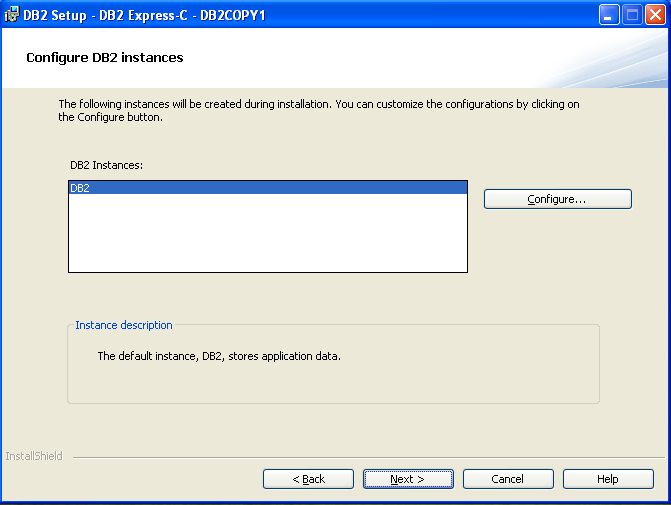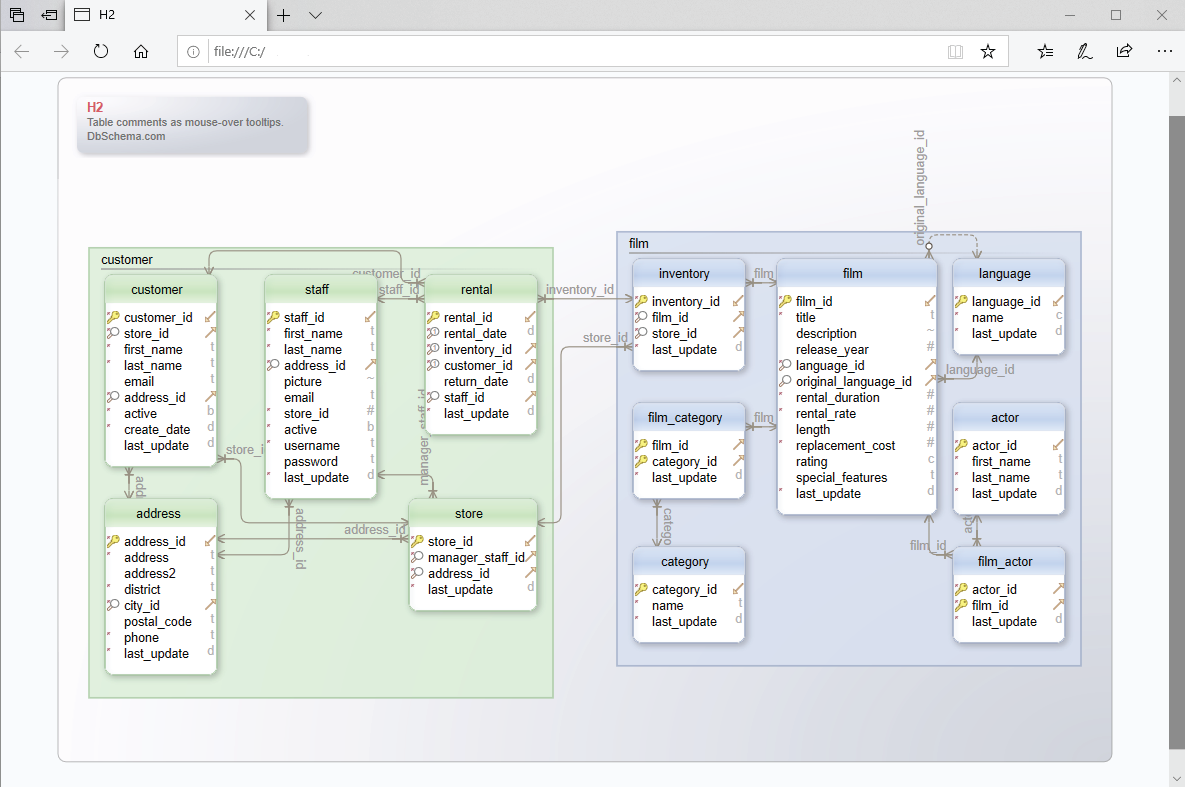
BigQuery OmniīigQuery Omni enables users to perform analysis on data stored in AWS S3 or Azure blob storage. Users can analyze and visualize geospatial data in BigQuery using geography data types and standard SQL geography functions.

It can also work with tools like BigQuery SQL, API libraries, JDBC drivers, and more. The BI Engine can integrate with BI tools like Google Data Studio, Tableau, Power BI, and more to speed up your data analysis.

BigQuery BI EngineīigQuery consists of the BI engine, which helps users process large datasets with sub-second query response time and high concurrency. More on Machine Learning and Predictive Modeling here- Understanding Google BigQuery ML: Simplified 101. Such models allow anyone to build their own Machine Learning Models on structured or semi-structured data using SQL inside BigQuery. Machine Learning Models like Linear Regression, Binary Logistic Regression, Multi-class Regression, K-means Clustering, and more are supported with BigQuery. With BigQuery ML, users can create and execute Machine Learning Models by using standard SQL queries. If you would like to know more about the best Data Visualization Tools on Google BigQuery, follow this guide – Best Google BigQuery Data Visualization Tools for 2022. Users can also use BigQuery’s REST API to transform and manage their data effectively.ĭiscover more about Google BigQuery here- BigQuery Tutorial: A Comprehensive Guide. It follows a serverless architecture that allows users to use SQL queries to get answers from their data.īigQuery enables developers and data scientists to use client libraries with programming languages like Python, Java, JavaScript, and Go. What Is Google BigQuery? Image Credits: BigQueryĭeveloped in 2010, BigQuery is a fully managed Data Warehouse that helps users organize and analyze their data with features like Machine Learning, Geospatial Analysis, and Business Intelligence.
Dbschema connect driver#
Connecting Google BigQuery JDBC Driver With DbSchema.Authenticating JDBC Driver for Google BigQuery.Connecting BigQuery With JDBC Connector.Setting Up BigQuery JDBC Connection Using Progress DataDirect’s JDBC Connector.
Dbschema connect how to#
Dbschema connect drivers#
In this tutorial, you will learn to establish a connection between Google BigQuery and JDBC drivers using the Progress DataDirect connector and DbSchema tool. However, along with Magnitude Simba, many third-party applications like Progress DataDirect and CData provide JDBC and ODBC connectors for Google BigQuery. Magnitude Simba consists of JDBC and ODBC connectors that can help users connect BigQuery datasets with SQL-based tools. But to use these tools, you have to use BigQuery JDBC and ODBC connectors that give you access to BigQuery’s Standard SQL. BigQuery can also connect with different SQL and Business intelligence (BI) tools for real-time analytics. With BigQuery, users can perform SQL queries on data and visualize it to gain insights into big data. As a result, the Dremel system maintains fairness for concurrent queries. When multiple users are querying data simultaneously, these slots get allocated to users as per their needs. BigQuery is based on Dremel architecture that divides the query execution into slots. ResourceConfigurationDefinition - The definition of the schema for configuring this resource (e.g.Organizations use Google BigQuery Data Warehouse for analytics and querying large, complex datasets. OperationDefinition - The set of operations that this resource can have executed (as well as parameters and result structure definitions) PackageTypeDefinition - The set of supported content types that this resource utilizes (e.g. MeasurementDefinition - The definition of metrics that can be collected on that resource type PlugingConfigurationDefinition - The schema for configuring connection information for the plugin's resource component

Otherwise type parents are all specified through the XML hierarchy in the plugin or through the plugin extension mechanism as defined in the plugin documentation.Įach type includes several types of related metadata, mostly in a format that maps it to one of the other RHQ subsystems. Types defined as the category "server" and without a parent are automatically assumed to be supported by any platform type. The type system is a parent-child model where types can be children of types in their own plugins or even reference types defined by other plugins.

The metadata model revolves around the Resource Types that are declared by each plugin.


 0 kommentar(er)
0 kommentar(er)
